The Minbar of Al-Aqsa Mosque: A Symbol of Hope and Artistic Masterpiece Commissioned by Nur al-Din Zengi and Installed by Salah al-din
In the mid-12th century, the Muslim world was under the shadow of the Crusaders, who had seized Jerusalem and other critical territories. Amidst this turbulent era, Nur al-Din Zengi, a devout and visionary ruler of the Zengid dynasty, sought to unify the fragmented Muslim world and reclaim Jerusalem. Recognizing the symbolic importance of Al-Aqsa Mosque, he ordered the construction of a grand minbar (pulpit) as a beacon of hope and a symbol of resilience. This minbar was intended to serve as a focal point for religious sermons and to inspire the Muslim ummah to unite in their struggle against the Crusaders.
Nur al-Din's order was not merely a religious gesture but a strategic move within a broader political campaign. His vision of unifying the Muslim front to liberate Jerusalem was central to his efforts. The minbar, crafted in Aleppo, was to be installed in Al-Aqsa Mosque once the city was freed from Crusader control. Although Nur al-Din did not live to see his dream realized, the task of liberating Jerusalem and installing the minbar fell to his protégé, Salah al-din, who fulfilled this mission in C.E 1187 (AH 583).
Ibn al-Athir, in discussing the works of Salah al-din in Al-Aqsa Mosque, mentioned: "He ordered a minbar to be made for it. It was said to him that Nur al-Din Mahmud had already crafted a minbar in Aleppo and had instructed the craftsmen to be meticulous in beautifying and perfecting it. He said: 'We have made this to be placed in the Holy House (Al-Aqsa).' The carpenters worked on it for several years, and nothing like it had ever been made in Islam. Saladin then ordered it to be brought, and it was carried from Aleppo and installed in Jerusalem. The time between the making of the minbar and its installation exceeded twenty years, and this was one of the miracles (karamat) of Nur al-Din and the nobility of his intentions, may Allah have mercy on him."[i]
The Minbar: An Artistic Masterpiece
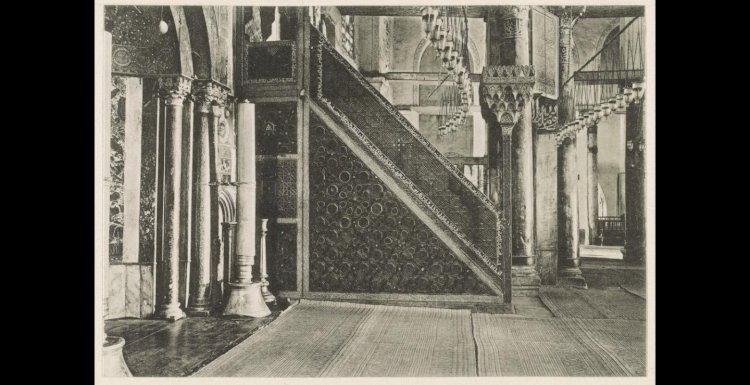
The Minbar of Salah al-din, as it became known, was an extraordinary example of medieval Islamic craftsmanship. Constructed primarily from pine wood, the minbar was composed of approximately 6,500 interlocking pieces, held together without the use of glue or metal nails through a sophisticated technique known as ta'shiq. This technique, which also involved the use of wooden nails or pins, was a hallmark of the period’s woodworking mastery.
It featured a gate that rose up, with a crown above it, followed by a staircase leading to an arch at the top, and a wooden balcony, making it a marvel of art and beauty, adorned with Quranic inscriptions and historical writings.
The Minbar of Saladin was more than just a functional piece; it was an artwork that reflected the heights of Islamic artistic achievement. The structure featured a high platform accessed by steps, with every surface meticulously carved into intricate geometric patterns and floral motifs. These patterns, common in Islamic art, symbolized the infinite nature of Allah’s creation and the unity of the Muslim ummah.
The interlocking pieces of pine wood were complemented by inlays of ivory, ebony, and mother-of-pearl, which added to the minbar's visual and symbolic richness. The inlay work highlighted the patterns, making them stand out against the darker background. The use of the ta'shiq technique, where pieces were assembled without glue or metal fastenings, symbolized the unity and resilience of the Muslim community—a structure held together by faith and tradition rather than external force.
The minbar's muqarnas (ornamented vaulting) added a layer of complexity and depth, creating a sense of movement and fluidity. Small domes and finials crowned the top of the minbar, echoing the larger domes of the mosque, symbolizing the unity of the minbar with its sacred surroundings.
After its installation in Al-Aqsa Mosque in 1187, the Minbar of Saladin became a central feature in the religious life of Jerusalem. It was used by imams for the Friday sermons, playing a significant role in the mosque's spiritual activities. Over the eight centuries, the minbar witnessed numerous invasions, occupations, and conflicts, but it survived as a resilient marker of Jerusalem’s Islamic identity. It stood as a testament to Saladin’s legacy and the enduring spirit of resistance and faith that he embodied.
The 1969 Terrorist Blaze: A Tragic Loss
The story of the Minbar of Salah al-din took a devastating turn on August 21, 1969. On that day, an Australian Zionist named Denis Michael Rohan set fire to Al-Aqsa Mosque in a terror act. The blaze caused significant damage to the mosque’s interior and completely destroyed the historic minbar. This act of arson sent shockwaves through the Muslim world, leading to widespread grief and outrage.
The loss of the minbar was particularly heartbreaking, as it had survived centuries of turmoil only to be destroyed in a senseless act of violence. The fire was a stark reminder of the vulnerabilities of cultural and religious heritage, especially in times of conflict. The few surviving pieces of the original wooden minbar were moved to the Islamic Museum on the Haram al-Sharif
Reconstruction of the Minbar: A Symbol of Resilience

In the aftermath of the fire, there was a strong determination to rebuild the minbar. The late King Hussein of Jordan took personal responsibility for commissioning a new minbar that would replicate the original. This project involved extensive research and collaboration with experts from various countries, including Jordan, Syria, and Turkey. The goal was to recreate the minbar with the same level of craftsmanship and attention to detail that had characterized the original.
The late King Hussein bin Talal of Jordan ordered the reconstruction of the Minbar of Saladin in 1993. He appointed an engineering team to design the minbar, and his successor, King Abdullah II, approved the designs in 1999, marking the commencement of immediate work on the project.
Al-Balqa Applied University in Al-Salt, Jordan took responsibility for this monumental project, overseeing every aspect from design to its transport to Al-Aqsa Mosque. The construction involved a group of skilled artisans who employed the ta'shiq technique, which involves assembling the pieces without the use of any adhesives or nails.
Those entrusted with this monumental project devoted themselves to uncovering the secrets of the original, burnt minbar, employing various meticulous methods. They studied photographs held in prestigious global archives, such as the Library of Congress and renowned museums in London and other European capitals.
The minbar consists of 16,500 pieces, some of which are only a few millimeters in length. The new minbar was completed and prepared for transport in 2007, with the pieces carefully transported from Al-Salt to Jerusalem using specialized trucks. In January 2007, the Minbar of Saladin once again graced the Al-Aqsa Mosque.
This endeavor brought together over 40 scholars, engineers, and master craftsmen from across the Islamic world, including Jordan, Syria, Turkey, Egypt, Malaysia, and Morocco. Their collective expertise and dedication resulted in a project that cost 2.2 million Jordanian dinars[ii].
Much like the original minbar, which was celebrated as a masterpiece of Islamic artistry, designed and executed by the finest craftsmen of its time, the newly created minbar too has earned its place as an extraordinary work of art. Crafted from walnut, ebony, and ivory, it was meticulously designed by engineers from across the Islamic world, embodying both heritage and innovation.
Mohammad Akef Arabiyat, one of the craftsmen involved in the creation of the new minbar, mentioned in his talk with Al Jazeera that the late King Hussein bin Talal ordered the minbar to be rebuilt from scratch, emphasizing that it was not a restoration but a complete reconstruction[iii].
Arabiyat pointed out that the minbar was designed according to meticulously calculated Islamic proportions, with the decorations and size carefully crafted. He revealed that some pieces of the minbar were up to 10 meters long, assembled using the ta'shiq technique for both artistic and practical reasons due to the nature of the wood.
Standing six meters tall and four meters wide, with a staircase one meter in width, the Minbar echoes the grandeur of the past and symbolizes the unbroken spirit and hope for the Muslim ummah. The Minbar, from its conception in the vision of Nur al-Din Zengi to its tragic destruction in 1969 and its eventual reconstruction, is a powerful symbol of the resilience, faith, and unity of the Muslim world. It stands as a testament to the enduring significance of Islamic heritage and the unshakable connection between the Muslim ummah and the sacred city of Jerusalem. Even in its loss, the minbar continues to inspire, reminding us of the rich history.
Reference
[i] Ibn al-Athir, Al-Kamil fi al-Tarikh, edited by Ali Shiri, Beirut: Dar Ihya al-Turath al-Arabi, 1989, pp. 4071-4072.
[ii] https://www.islamweb.net/ar/article/216862/منبر-صلاح-الدين-الأيوبي
[iii] https://aja.ws/wehqz7
Disclaimer
The views expressed in this article are the author’s own and do not necessarily mirror Islamonweb’s editorial stance.

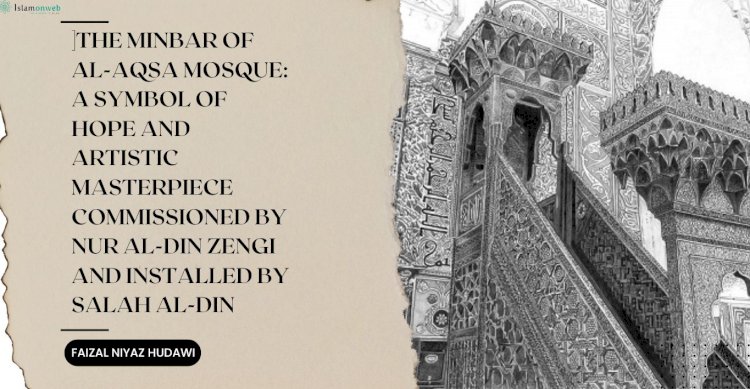


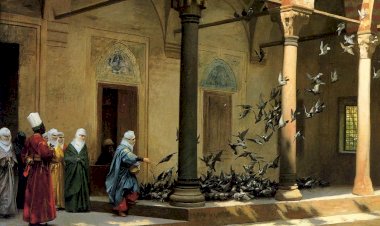

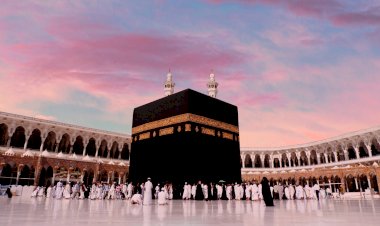
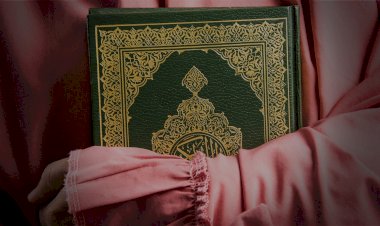
















Leave A Comment